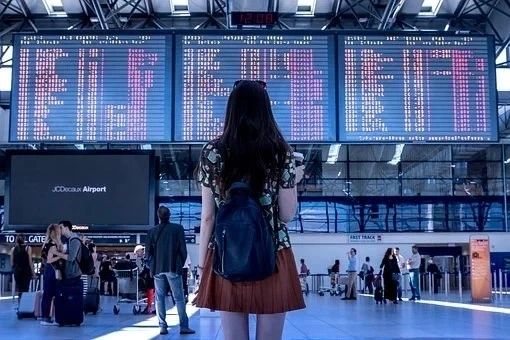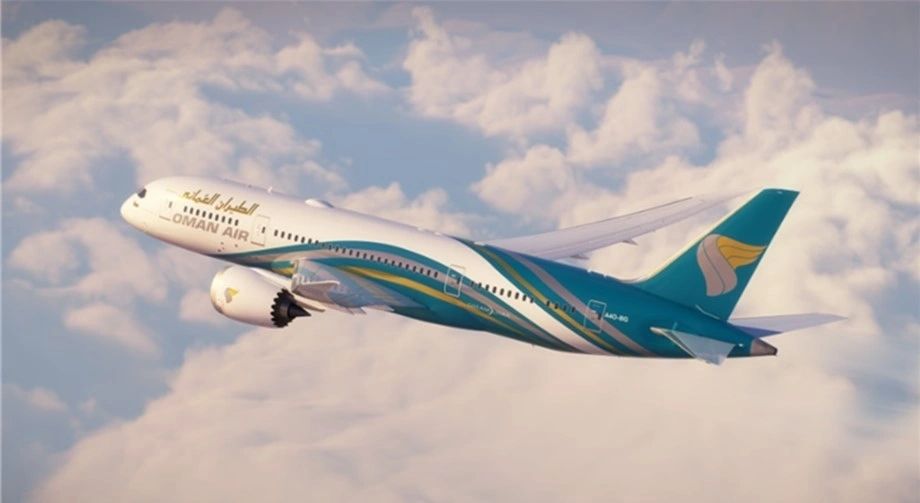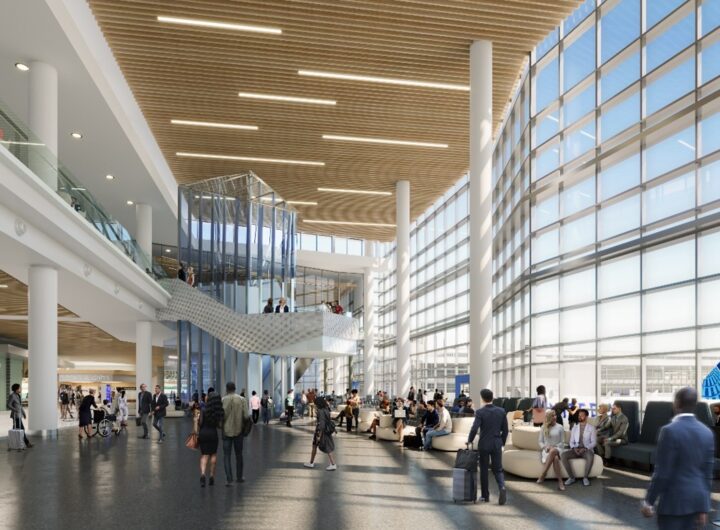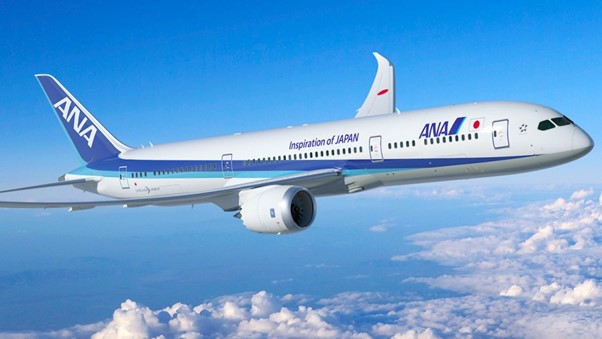
An audience that is both captive and often affluent has made airport commercial square footage some of the most lucrative in the world,” the New York Times recently asserted. “But the pandemic has crushed the commercial calculus at airports, and no one is sure what comes next.”
Here’s what comes next, Gray Lady: We need to dump the sales-per-square-foot metric. For a while now, retail watchers have questioned its relevance in an age where the line between digital and physical sales has blurred beyond recognition. In today’s environment, there is a deep disconnect between the metrics and the desired outcomes for consumers. We can’t continue to pack products into square feet and expect success.
Every alert observer, and certainly every human-centered designer, understands that retail space, in 2020, must be stretched to be safe. Today’s airport tenants, and tomorrow’s, will need to sprawl and allow for distanced experiences—and this has to be figured into how we view, design in, and charge for airport space. Airports will need to be open to experimenting with new retail and experience models. Their (online?) retail competitors have nearly unlimited space and lightning-fast logistics, so the service will need to morph to become differentiated.
A second change that must take place: Our attitude toward the denizens of our airports.
Don’t view them as an “audience” that’s “captive” and “affluent,” but rather as people who will be frustrated and frightened by their newly distorted travel experiences. We must think of their particular pandemic-fueled discomfort and then design experiences that will meet and counteract it. Although the coronavirus has derailed the trajectory some predict, location-based experiences are projected to become a $12 billion dollar industry by 2023.
Consumer behavior will no doubt be changed as retail spaces open up, and understanding how to design for those new norms will be critical. Especially with projects that are under construction.

How might these changes manifest themselves? In the right climates, for instance, airports can leverage the environment to create better airflow and more open-air concepts for shopping and dining. Easy to imagine Alfresco’s options might be both safe and popular, at least in the short term.
Airports, of course, are notorious for wasting space. “We’ve all walked by an entirely empty section in an airport only to be met with overcrowded gate area with frustrated travelers jockeying for space,” I wrote in the summer of 2019. “Airlines need to be smarter with the space they have before building millions of additional square feet that will need continuous maintenance, upgrades, and eventual renovations.
But it’s not just space that will need rethinking. Airport time will need to head back to the drawing board. The hour’s travelers will be spending at airports will surely—ugh, yes—increase due to additional COVID-related screening and the potential for long delays.
What will passengers do in all this extra time? One thing’s for sure: The standard offerings won’t be enough. Airports need to think beyond Sbarro and Hudson News stores and ask, “What if we created engaging, time-intensive experiences that people could only have at an airport.” We should recall here that a tremendous number of millennials—72%—would rather spend their cash on experiences rather than things.
How can we counteract all the stress and uncertainty that comes with air travel in this tumultuous point in time? Do we have opportunities to create safe experiences that not only help us pass the time between flights but reduce stress and make us more resistant to the types of viruses that have become the focus of so much of our attention? Airports should strive to answer this question. Design this well enough, and you can imagine certain non-travelers who’d make it a habit to visit the airport for a particularly special experience. It won’t be easy to get people to spend time, happily, in an airport. I’m not suggesting that. It will, in fact, require talking to lots of travelers, prototyping, and testing ideas, until the right experience is found.

Speaking of testing… we won’t soon escape the fears and strictures of a COVID-infected world anytime soon. We can’t see all of the potential threats coming in, but we can be intelligent about putting all the screening options in place.
I don’t envision a point solution here but something that looks at screening more holistically by integrating passengers, security, terminals, and airlines. To avoid disruptions, airlines and airports should look at creative solutions to distribute the complexity of passenger screening across different players and environments with an intelligently designed and integrated system.
Note: I’m not saying we’ll have to completely redo airports—and I’m hardly saying that all current airports are useless. For instance, Changi Airport’s indoor butterfly gardens and rooftop pools sound like attractive options to me. Areas, where waiting passengers can space out and still enjoy experiences, will be ones in high demand.
There are real opportunities to rethink what the airport experience can be, but it will require a willingness to try new experiential things. The smartest and most successful airports will treat their unused space as an opportunity space. An airport can be more than a mall for travelers. But it’ll require some bold thinkers for the idea to get aloft.
Source: Global Travel Media
Stay well!
Joe
 Qantas and Perth Airport Seal Deal to Propel Australian Travel into New Heights
Qantas and Perth Airport Seal Deal to Propel Australian Travel into New Heights  IATA Reports Progress on Global Airports and Airlines Enhance Baggage Tracking
IATA Reports Progress on Global Airports and Airlines Enhance Baggage Tracking  Hamad International Airport Crowned “World’s Best Airport” at Skytrax 2024
Hamad International Airport Crowned “World’s Best Airport” at Skytrax 2024  Sydney Airport Reforms: A Turbulence or Smooth Landing for Travellers
Sydney Airport Reforms: A Turbulence or Smooth Landing for Travellers  Oman Air Tops Globally in On-Time Performance
Oman Air Tops Globally in On-Time Performance  United Expands in Houston with $2.6B Terminal Project
United Expands in Houston with $2.6B Terminal Project  Norwegian Cruise Line Announces Philadelphia as New Homeport With Its 2026 Spring/Summer Season
Norwegian Cruise Line Announces Philadelphia as New Homeport With Its 2026 Spring/Summer Season  Paul Gauguin Cruises Announces 2026 Voyages for its Moana Explorer Program
Paul Gauguin Cruises Announces 2026 Voyages for its Moana Explorer Program  Disney and Oriental Land Co. to Launch Disney Cruises Vacation in Japan
Disney and Oriental Land Co. to Launch Disney Cruises Vacation in Japan  All Nippon Airways Expands Its Network with Three New Destinations
All Nippon Airways Expands Its Network with Three New Destinations 